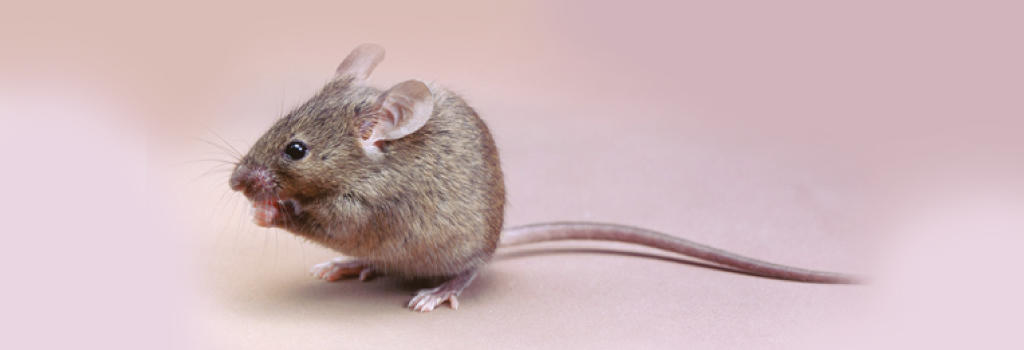House Mouse
General Facts
House mice have adapted to live close to humans. Although it may seem impossible, these pests can squeeze through a gap as small as 18 mm to get indoors. These agile pests will even jump or swim when needed to reach a safe, warm shelter. If one mouse appears in the home, it is usually logical to assume there are many more.
Identification/Appearance
Most house mice are grey in colour, but some have brown shading around their backs or undersides. They are about 8 cm in length with long, semi-naked tails and short hind feet.
Habitat
Found throughout Canada, this common rodent species prefers urban areas. These pests can live in fields or wooded areas but thrive in hidden places within homes. Wall voids, attics, pantries, and garages are typical nesting sites.
Diet
These rodents eat up to 20 times per day, feeding on garbage, food scraps, and pantry goods. House mice can easily chew through boxes and plastic to access items like rice, crackers, and cereal. In the wild, house mice must compete with animals better suited to finding food, so living near humans gives them a distinct advantage.
Life Cycle/Reproduction
The lifespan of a typical house mouse is around one year. Within this short time, females can produce up to 10 litters of six offspring each. This rapid cycle is the reason why house mouse infestations can quickly get out of control.
Problems Caused by House Mice
The most important diseases spread by house mice include:
· Salmonellosis – Food contaminated with Salmonella bacteria causes this illness. Symptoms include diarrhea, fever, and vomiting
· Parasites – They can carry ectoparasites such as fleas and mites on their body. These parasites can cause health problems such as mite dermatitis which results from mites feeding on humans.
House mouse waste contaminates about 10 times as much food as the rodents actually eat.In addition to tainted food and disease, the pests also gnaw on wiring in walls and appliances, which can result in costly repairs and even fires.
Detection/Signs of Infestation
Scratching and squeaking noises during the night often give away the presence of house mice. Droppings near baseboards are another sign of a house mouse infestation. Homeowners may also notice gnaw marks on wood and plastic items or shredded paper and fabric.
Prevention Tips
If house mice become a problem, seal any exterior openings the size of a dime or larger. Check for gaps near roof vents, chimneys, and foundations, including spots near wiring or pipes. Keep grains, rice, cereals, and pet food in sealed glass containers to prevent contamination.




